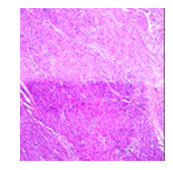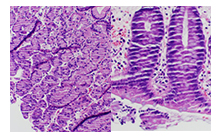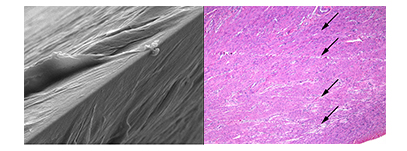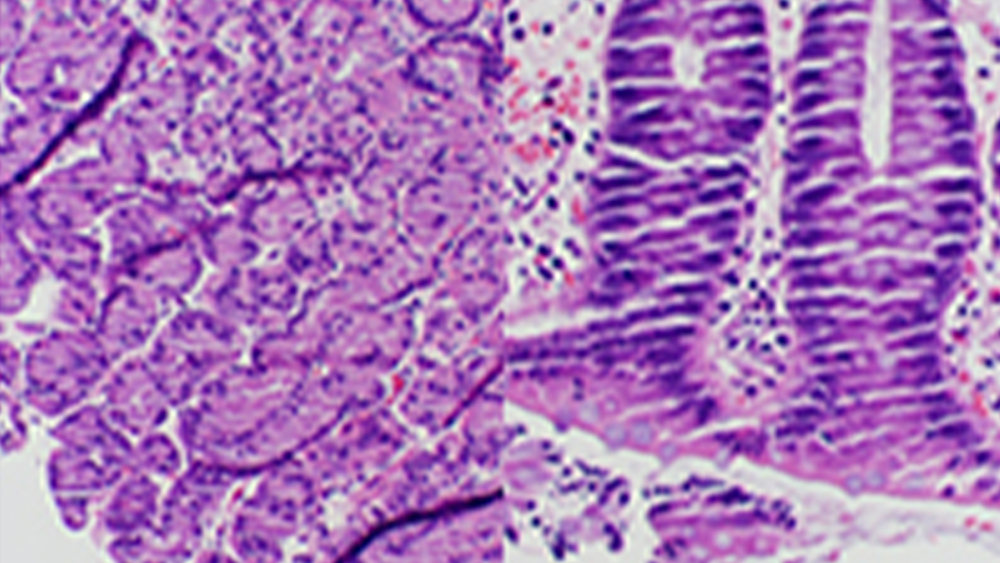Histotechnology is often and appropriately referred to as an ‘Art & Science’. Art, because it requires skilled craftmanship in manual operations such as microtomy, mounting multiple sections/ribbons on slide, etc. Science because of the histochemistry involved in tissue fixation, processing, staining, etc. Historically, the ‘art’ of the profession preceded the science because it was such a hands-on craft that was taught via on-the-job training. It did not require much knowledge about the science to learn and master sectioning. Unfortunately, for years this hindered the Histology profession’s growth and acceptance in the medical community as a legitimate science the same as medical technology, cytotechnology, etc., because it was perceived as ‘only’ a craft. Interestingly, the craftmanship allowed the creativity of individual technique to be developed. Because there was a patient waiting for diagnosis, technicians did what they had to do to produce a diagnosable section. Addressing unforeseen variables such as over/under processed tissue could not be programmed into automation to circumvent problems; it required the skill and experience of the technologist to troubleshoot. Technicians learned how to develop tricks of the trade to address unforeseen issues and deliver a readable slide to the pathologist. During this learning process it was also revealed how the physical dynamics of the technique used could dramatically effect results. The image to the right demonstrates how abruptly slowing down the cutting speed in the middle of a section can produce a thick & thin section.




Even though there is a strong craftmanship component in microtomy, science is still a hidden major part of success in sectioning. Knife angle, a fresh blade, block temperature; all these are science related factors that must be blended in with craftmanship, however sometimes we rely too much on the craft. Technicians must always be cognizant of their cutting surface and how often to change blades. It is always better to err on playing it safe and change the blade more often than not. Technicians must always try to minimize the time that the block is in the chuck during sectioning, because it is warming up incrementally with each minute that passes. This warming up period progressively hinders the ability to get a smooth thin section. The longer the block is in the chuck, the thicker the sections will become off the knife. Caked up paraffin or debris on or behind the knife will affect your ability to produce consistently thin sections from ribbon to ribbon.
There are numerous factors that are out of our control that can hinder our ability to produce smooth, thin sections. Histology professionals more times than not have to take what’s given and create a diagnostic miracle on a slide. It is a credit to the Histologist that we are still able to provide this service to the pathologist and the patient, in spite of unforeseen challenges to the tissue. As professionals we must always check and monitor ourselves and the quality of work that we produce. Our efficiency in working through a caseload of blocks must never compromise our effectiveness in quality and doing our best to produce artifact-free results. All of the images shown in this article are still diagnosable slides, but it is important to note that all of the artifacts shown were technique-induced and could have been avoided with closer monitoring. Never stop caring about the work you produce.
Lab Storage Systems, Inc. has a complete product line and technical support to help you become successful in your day to day duties. Contact our Customer Relations or Technical Marketing representatives today.

